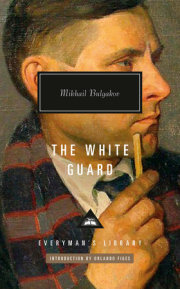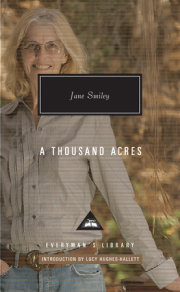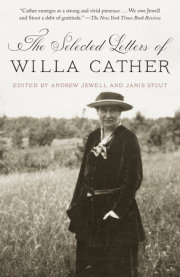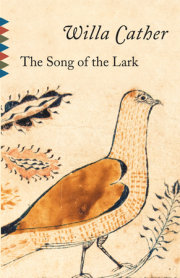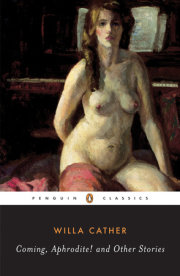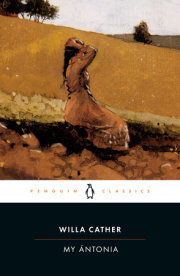

Willa Cather’s story of the missionary priest Father Jean Marie Latour and his work of faith in the wilderness of the Southwest is told with a spare but sensuous directness and profound artistry—with an Introduction by A. S. Byatt.
When Latour arrives in 1851 in the territory of New Mexico, newly acquired by the United States, what he finds is a vast desert region of red hills and tortured arroyos that is American by law but Mexican and Indian in custom and belief. Over the next four decades, Latour works gently and tirelessly to spread his faith and to build a soaring cathedral out of the local golden rock—while contending with unforgiving terrain, derelict and sometimes rebellious priests, and his own loneliness.
Death Comes for the Archbishop shares a limitless, craggy beauty with the New Mexico landscape of desert, mountain, and canyon in which its central action takes place, and its evocations of that landscape and those who are drawn to it suggest why Cather is acknowledged without question as the most poetically exact chronicler of the American frontier.
“A truly remarkable book . . . Soaked through and through with atmosphere . . . From the riches of her imagination and sympathy Miss Cather has distilled a very rare piece of literature. It stands out, from the very resistance it opposes to classification.” --The New York Times
"The most sensuous of writers, Willa Cather builds her imagined world as solidly as our five senses build the uiverse around us.” —Rebecca West
“[Cather’s] descriptions of the Indian mesa towns on the rock are as beautiful, as unjudging, as lucid, as her descriptions of the Bishop’s cathedral. It is an art of ‘making,’ of clear depiction—of separate objects, whose whole effect works slowly and mysteriously in the reader, and cannot be summed up. . . . Cather’s composed acceptance of mystery is a major, and rare, artistic achievement.” —from the Introduction to the Everyman's Library edition by A. S. Byatt
Willa Cather’s story of the missionary priest Father Jean Marie Latour and his work of faith in the wilderness of the Southwest is told with a spare but sensuous directness and profound artistry—with an Introduction by A. S. Byatt.
When Latour arrives in 1851 in the territory of New Mexico, newly acquired by the United States, what he finds is a vast desert region of red hills and tortured arroyos that is American by law but Mexican and Indian in custom and belief. Over the next four decades, Latour works gently and tirelessly to spread his faith and to build a soaring cathedral out of the local golden rock—while contending with unforgiving terrain, derelict and sometimes rebellious priests, and his own loneliness.
Death Comes for the Archbishop shares a limitless, craggy beauty with the New Mexico landscape of desert, mountain, and canyon in which its central action takes place, and its evocations of that landscape and those who are drawn to it suggest why Cather is acknowledged without question as the most poetically exact chronicler of the American frontier.
“A truly remarkable book . . . Soaked through and through with atmosphere . . . From the riches of her imagination and sympathy Miss Cather has distilled a very rare piece of literature. It stands out, from the very resistance it opposes to classification.” --The New York Times
"The most sensuous of writers, Willa Cather builds her imagined world as solidly as our five senses build the uiverse around us.” —Rebecca West
“[Cather’s] descriptions of the Indian mesa towns on the rock are as beautiful, as unjudging, as lucid, as her descriptions of the Bishop’s cathedral. It is an art of ‘making,’ of clear depiction—of separate objects, whose whole effect works slowly and mysteriously in the reader, and cannot be summed up. . . . Cather’s composed acceptance of mystery is a major, and rare, artistic achievement.” —from the Introduction to the Everyman's Library edition by A. S. Byatt
Our mission is to foster a universal passion for reading by partnering with authors to help create stories and communicate ideas that inform, entertain, and inspire.

















